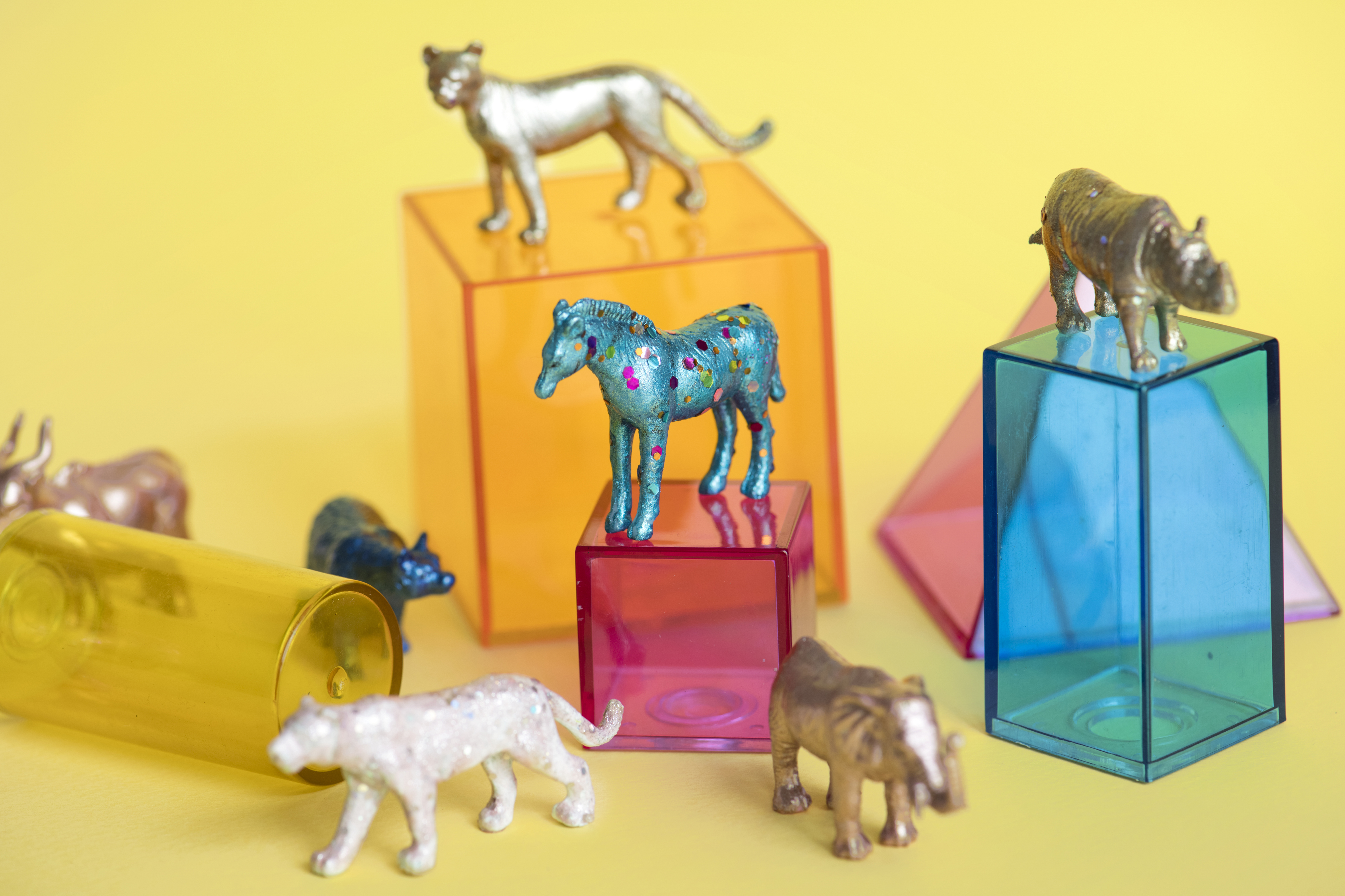Media release
From:
Predicting the zoonotic capacity of mammals to transmit SARS-CoV-2
Proceedings of the Royal Society B: Biological Sciences
This study combines structure-based 3D modeling of SARS-CoV-2 binding with machine learning of organismal traits to predict species’ zoonotic capacity – the ability to become infected and also transmit SARS-CoV-2 – a prerequisite for becoming a zoonotic reservoir for SARS-CoV-2. Models predict zoonotic capacity with high accuracy, are strongly corroborated by in vivo empirical studies, and expand predictive capacity to 5000+ mammal species, identifying species found in COVID-19 hotspots and in regular contact with people. This approach identifies urgent surveillance priorities, and develops a new method that extends our predictive capacity for other zoonotic pathogens with similarly undetermined host ranges.



 International
International



